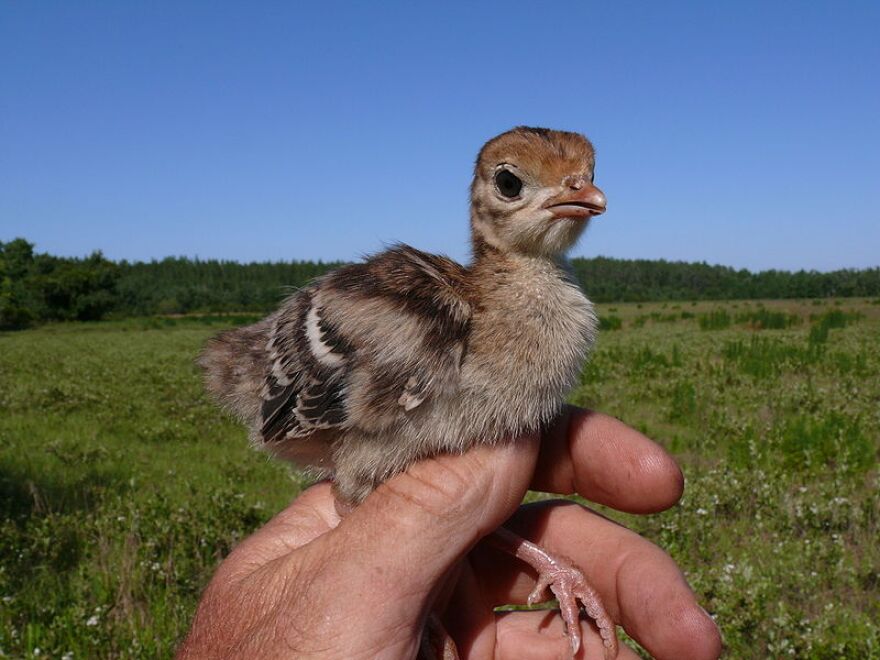In the years I have worked for the Department of Natural Resources, one of the most common tales I hear repeated involves dropping rattlesnakes from helicopters to control turkey populations. Some of you are convinced this happens; others frankly find the idea absurd. However, I have to field this question, or accusation, a few times every year, so I thought I would explore the topic in further detail.
First, the rattlesnake would not be a good choice. There are two species; both are protected in Wisconsin, and the Massasauga is also endangered. This means if anyone wants to capture them, they have to apply for permits and file paperwork detailing how they plan to care for these animals and ensure their safety. If there is a chance that some snakes might be killed in the process, what we call incidental take, there might be a mandatory public notification period required. You can search the internet for “incidental take of Wisconsin rattlesnake” to see some examples as required by law.
Rattlesnakes also would not be a good choice because of their eating habits. Rattlesnakes aren’t just going to bite something and inject it with venom for the sake of killing it; it will only use it to paralyze prey or in a last act of self-defense in a life or death situation. They usually only eat rodents, a large portion of their diet. Sometimes they will eat small birds, which a turkey is not. Rattlesnakes are not near as likely to eat bird eggs as some other snakes might be, so they really would not be able to do any kind of population control on a practical level. A constrictor might be a better choice to control turkeys, like the Fox snake. We already have them up here. They are better adapted to the cold, they are a larger snake, and they are known to eat eggs. Except that since turkeys have been reintroduced here in the Northwoods, the turkey numbers have steadily climbed while snake numbers have not.
Dropping anything from a helicopter involves a lot of planning and requires secured funding. In 2010, I had a project funded with turkey stamp dollars that allowed us to drop tree seeds from a plane, and grass and flower seeds from a basket below a helicopter. The helicopter work took only a couple of hours, and the helicopter was hauled on a trailer to the site to minimize flight time. Even with those measures, it cost $3,000 to spread that seed. Snakes would be far more involved, because they would be live cargo. It would require a second person in the helicopter, meaning a larger helicopter at greater cost. The snakes would have to be captured in the bluffs of southwest Wisconsin, rushed to the area of the release, loaded in the helicopter and dropped. I would expect it would cost $10,000 or more. There is not set funding source for any project of this kind so an individual or group would have to donate funds.
If we wanted to do this to control the wild turkey, a big game animal, we would need to vet it to the public through the Wisconsin Conservation Congress Spring Hearing, get it approved by the Conservation Congress, and finally by the Natural Resources Board. They would have to see justification for both jeopardizing the snakes and reducing the turkeys. Clearly this would just never happen.
If we as biologists really felt we needed to control the turkey population, the obvious solution would be hunting. Allowing a larger take of hens in the fall, or possibly a limited hen take in the spring, would have an immediate and direct impact on populations. Plus, instead of costing $10,000 or more, it would generate license revenue. It would still need to be approved by the public, the Conservation Congress, and the Natural Resources Board. Not very likely.








